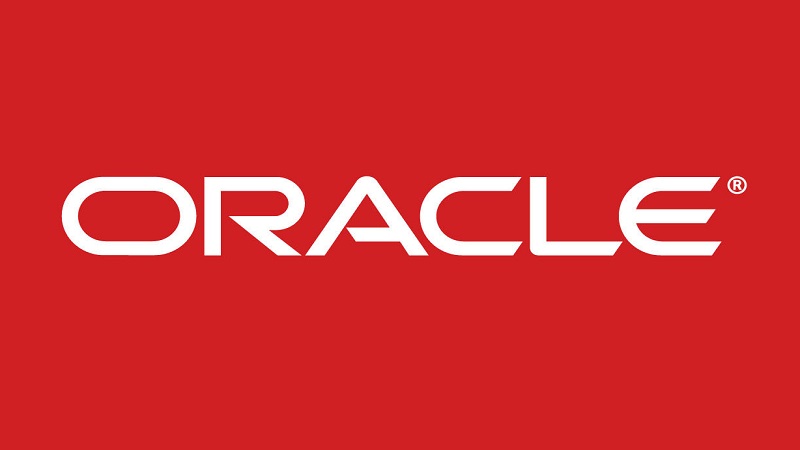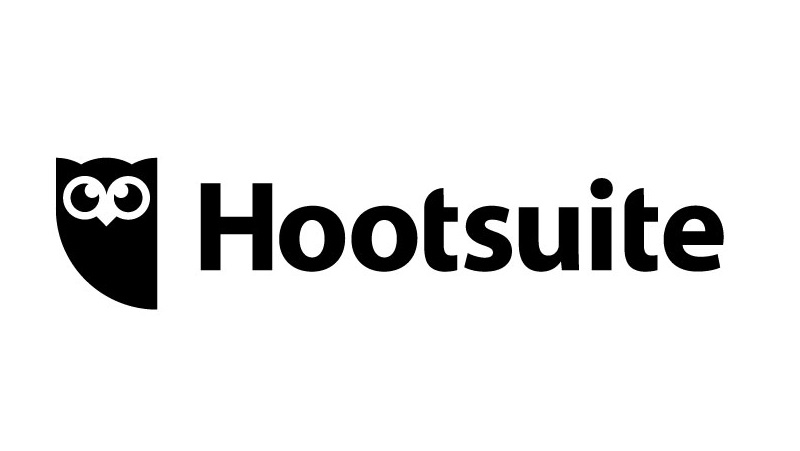Today’s marketplace is a networked dialogue of information sharing between businesses and consumers. The more effectively information is shared across these functions, the better the relationship between all of the members. While consumers are increasingly comfortable with marketers using their personal data for targeted advertising that is relevant to them, marketers are still struggling to deliver the timely, personal customer experience that consumers are longing for.
According to Bazaarvoice and CMO Council’s Shopper Marketing: The New Rules of Engagement survey, marketers across brands and retailers are guilty of continually missing out on opportunities to influence and engage buyers as they shop. This awareness is positive, but what exactly are the most common mistakes marketers continue to make as they attempt to provide a more bespoke customer experience?
While 90 per cent of marketers say that access to real-time customer sentiment and shopping behavior is critical, less than 10 per cent are able to tie their content efforts directly to customer shopping behaviour. Furthermore, data strategies are often short-sighted, with 83 per cent of marketers admitting that they are unable to see beyond their own brand properties. This limited access to first-party customer data across the broader retail ecosystem, means nearly half questioned the accuracy of the customer data they were actually working with.
Conversely, 47 per cent of consumers point to reviews, social media posts and past purchases as the best places for marketers to gather insights about them, indicating the value of identifying and reaching in-market shoppers based on their consumer-generated content (CGC) and shopping behaviour. In fact, consumers trust peer-to-peer opinions three times more than brand content, highlighting the clear opportunities when investing in a CGC strategy.
Marketers need to not only ask themselves if they have the right content to appeal to consumers along the various stages of the buying journey, but also which components are required to create successful customer engagement too.
Shop Direct, the UK multi-brand retailer ran 100 AB testing experiments in one month, comparing different versions of the website to see which one performed better. As part of this, they removed 50 per cent of reviews from their website, which impacted conversion globally by 1.7 per cent, showcasing the importance of online reviews.
The most powerful multi-channel marketing strategies are geared towards understanding the customers’ needs and building loyalty through effective customer communications, regardless of the business size. As expectations increase, customers are increasingly showing that if they are not being engaged, on either a practical or emotional level, then they are much more inclined to take their purchase elsewhere – a trend that businesses simply cannot afford to ignore.
The right content can take various forms, depending on audience preferences, and a Bazaarvoice study, looking at high street stalwart, John Lewis, confirmed the significance of displaying visual content on a retailer website; with 25 real shoppers looking at product images before any other content on the product page.
John Lewis recognised the value of visual association and transformed consumers into brand ambassadors with its #MyShoeStory campaign. By curating Instagram pictures of customers modelling their new shoes and then pushing these across into a variety of other social channels, John Lewis not only used CGC, providing its customers with inspiration, but also created further customer engagement too. This is a great example of how marketers can maximise engagement and build customer advocacy through the integration of CGC into a creative and thoughtful social campaign.
It’s only through listening to the individual preferences of consumers, analysing data on a case-by-case basis and considering each opinion as valuable stakeholder feedback that brands and retailers alike, can increase positive feedback, foster loyalty and retention, and crucially, increase sales figures.
Words by Prelini Udayan-Chiechi, VP Marketing EMEA at Bazaarvoice











